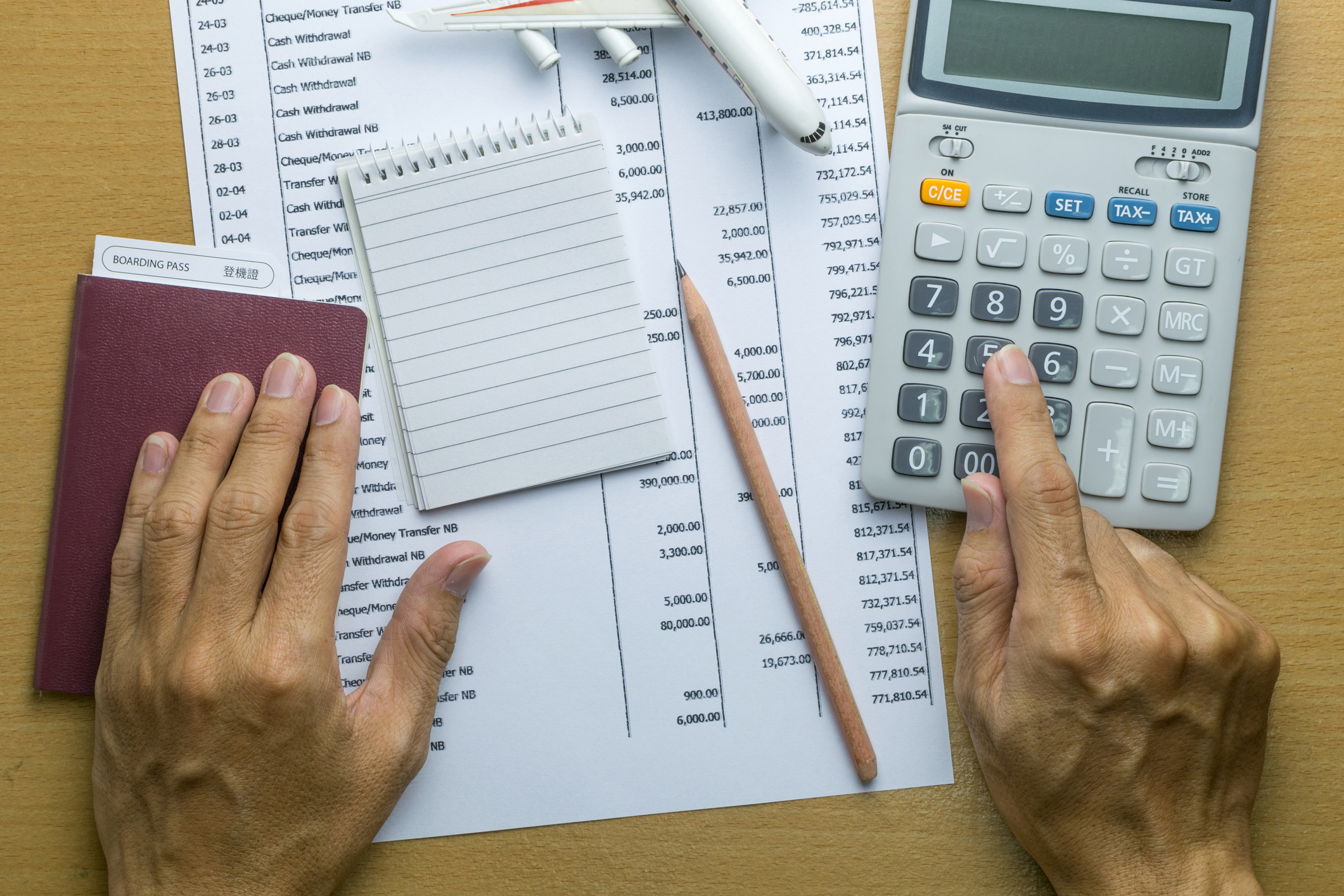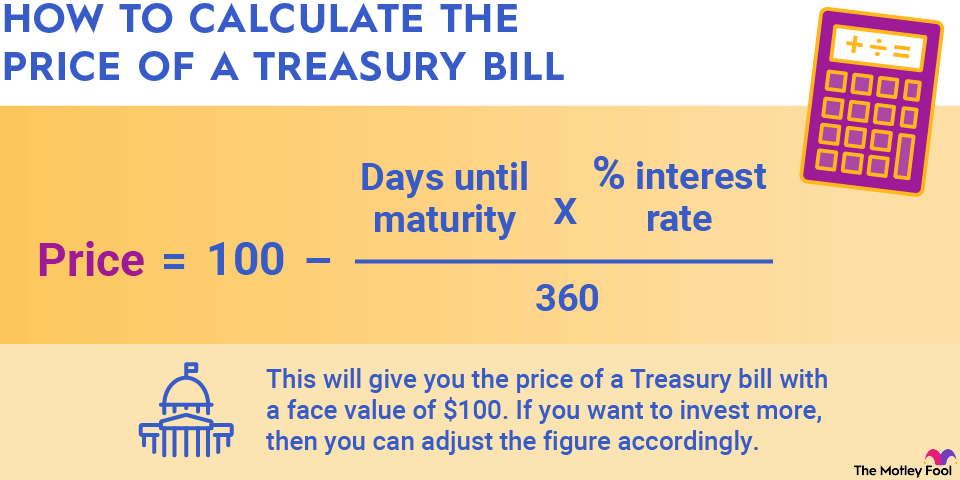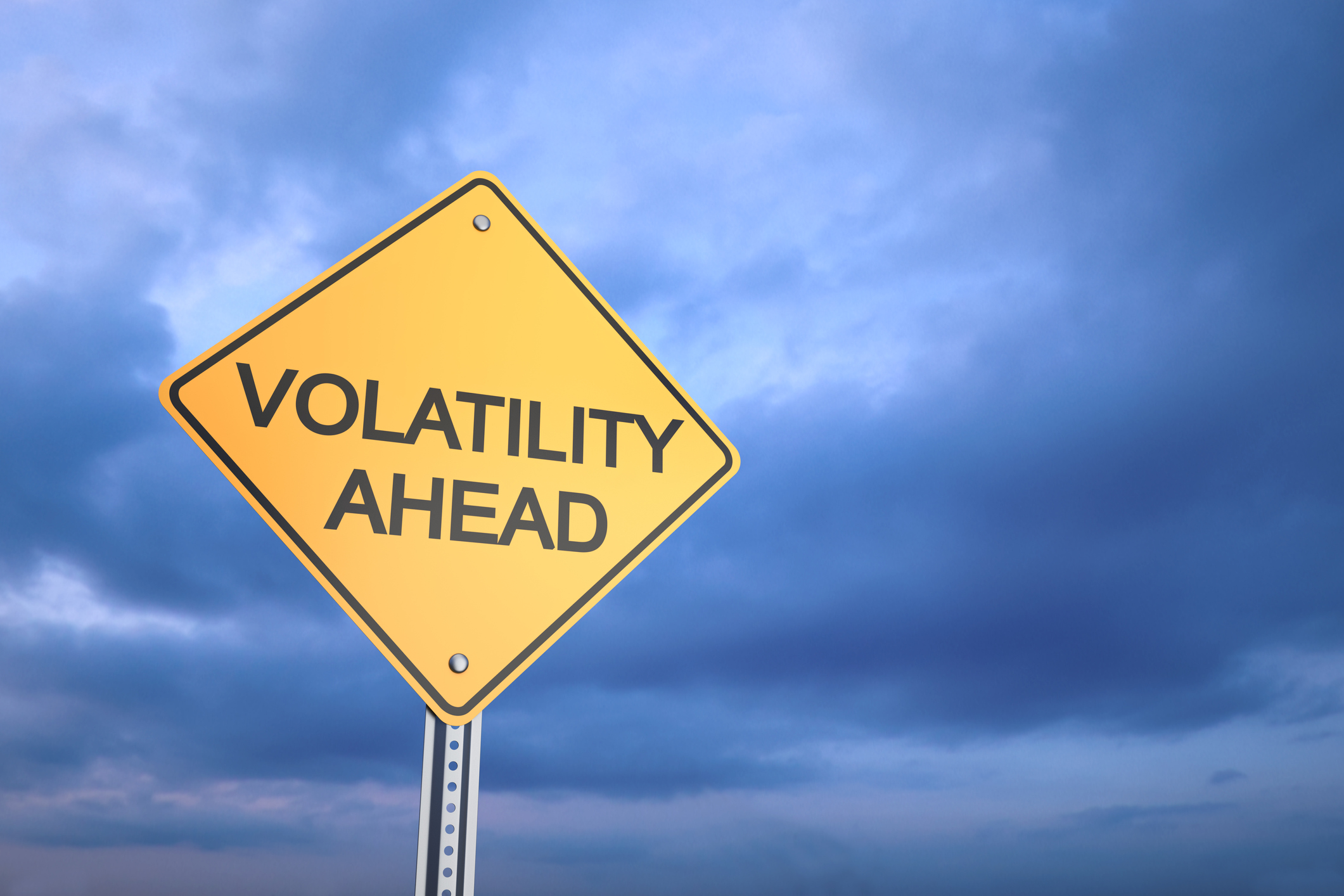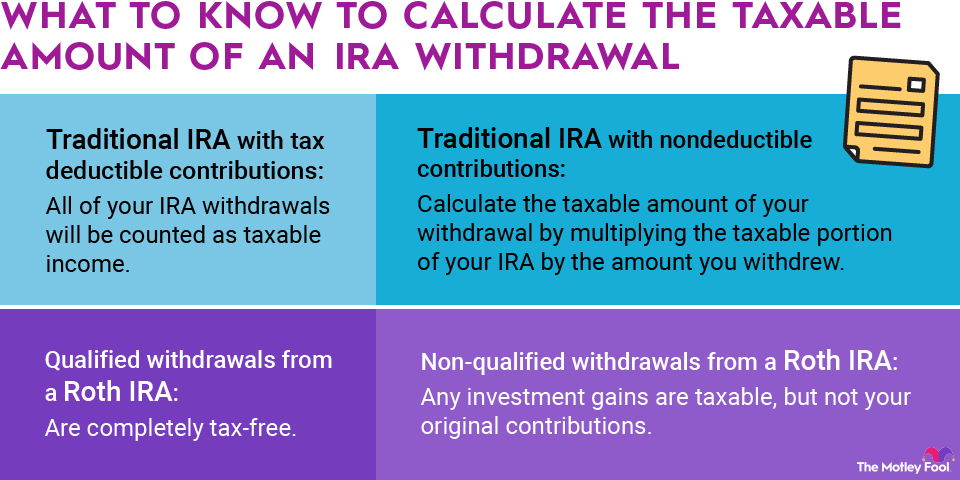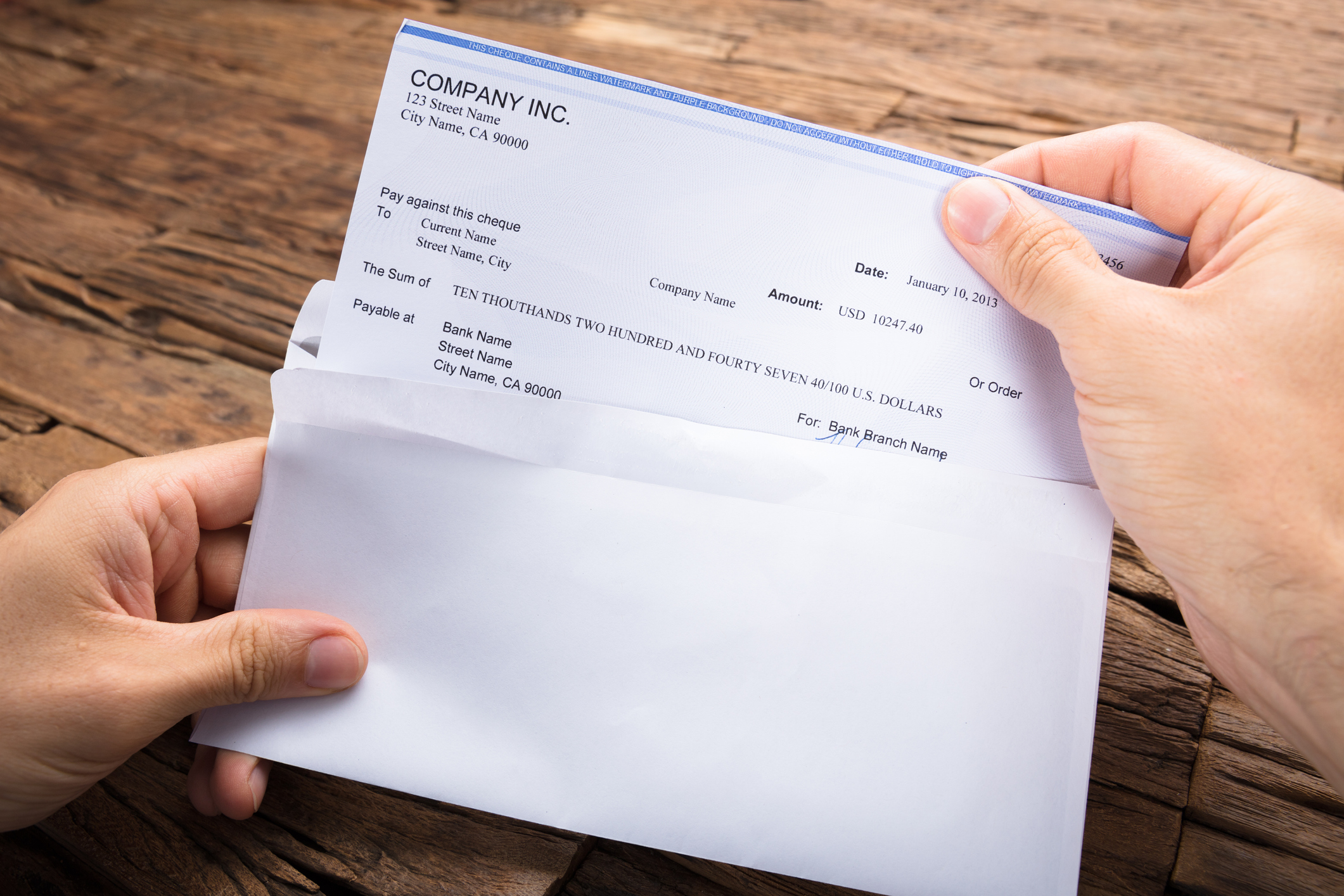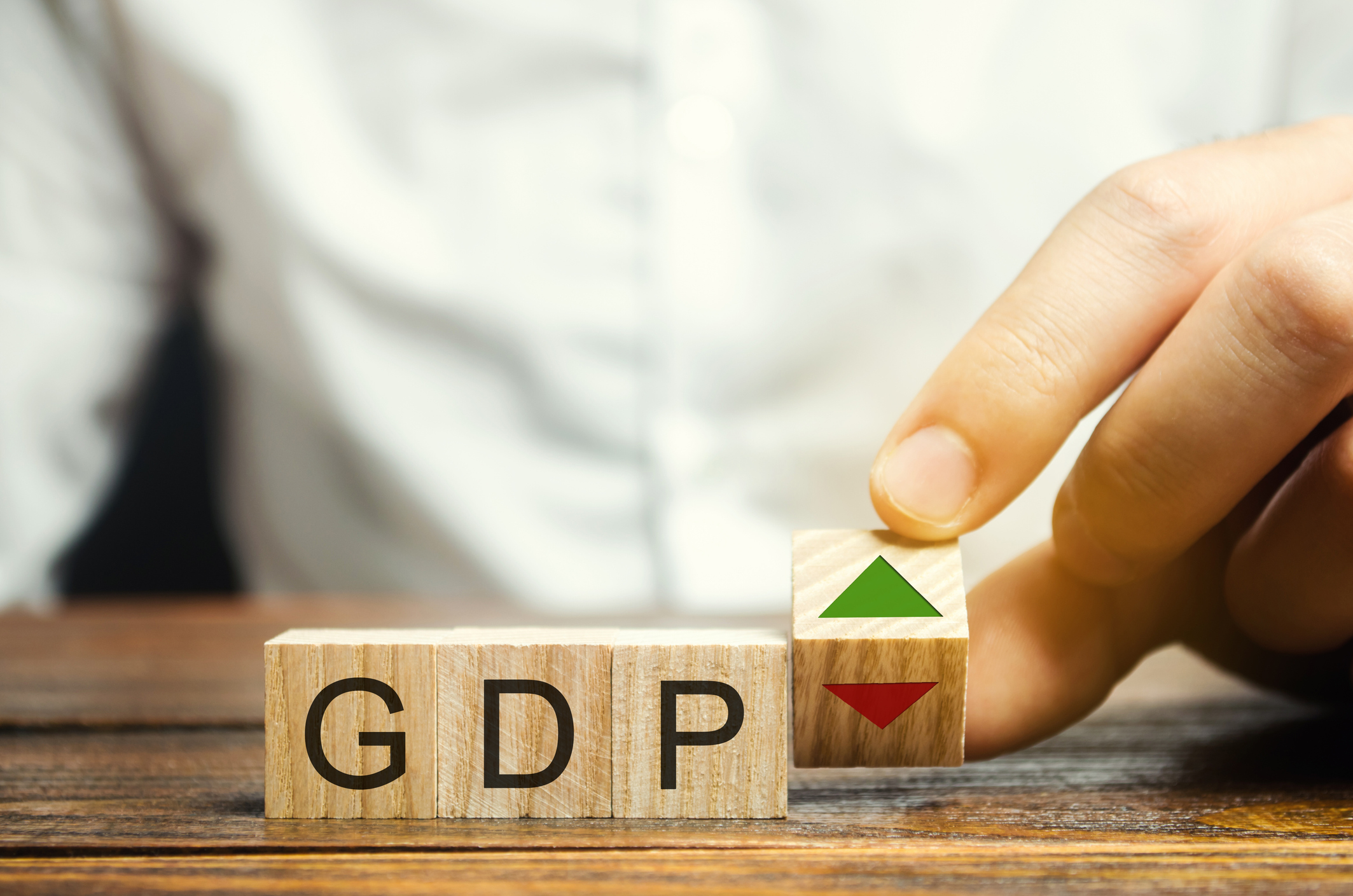Stock buybacks have become all the rage, and many companies routinely return capital to investors by repurchasing their shares. Yet, not all companies do a good job of timing their stock repurchases. By looking at a company's balance sheet, you can calculate how much it paid on average for shares it now holds as treasury stock.
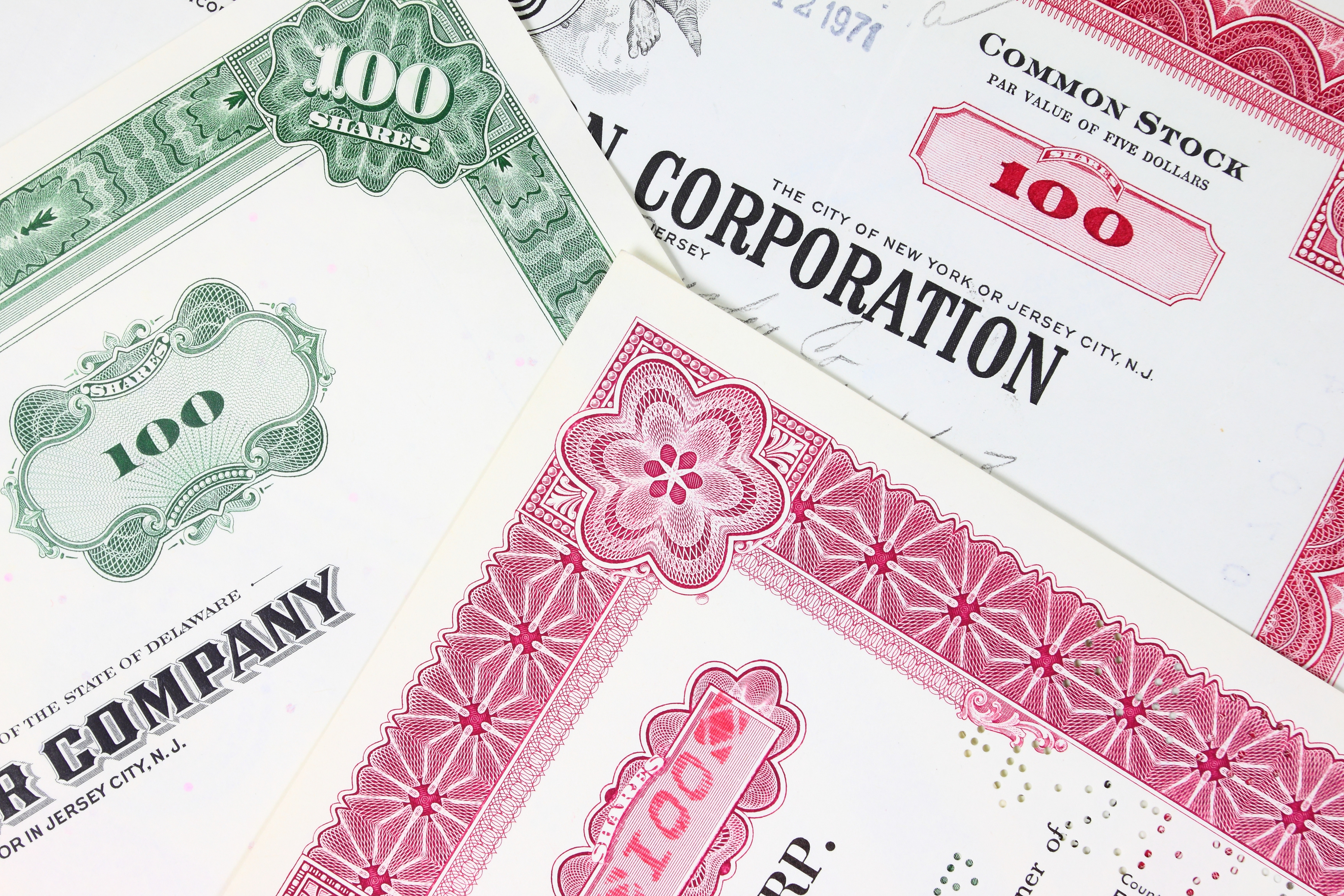
The basics of calculating average repurchase price
In order to calculate the average price that a company paid when it bought back shares, you need to know two key things. First, you'll want to know how many shares the company repurchased. Second, you'll need to figure out how much the company paid in total for those shares.
Some companies make it trivial for you to calculate the average price paid for treasury stock by having a separate line item that details the number of shares and the amount paid. For instance, if a company says it has 10,000 shares in treasury stock and had a cost of $50,000, then it paid an average of $5 per share when it repurchased the stock.
Doing some extra calculations
Sometimes, though, you'll need to calculate the number of shares the company holds as treasury stock. To do so, look at the common stock line of the balance sheet. Typically, that line will indicate how many shares the company has authorized and how many it has actually issued. If it doesn't say how many shares were issued, then you can divide the entry in that line by the par value of the stock to get the number of issued shares. For instance, if the stock has a $1 par value per share and the line item indicates $30,000 for common stock, then 30,000 shares are currently issued.
Once you know the number of shares issued, the total treasury shares are calculated by subtracting the shares issued from the total shares outstanding. You can typically get a count of outstanding shares from the income statement. So if 60,000 shares are outstanding but only 50,000 are issued, then the remaining 10,000 are treasury shares.
Related investing topics
From there, you can take the treasury stock line item and divide it by the calculated number of treasury shares. The result will be the average price the company paid for treasury stock.
It's useful to compare the average price paid for treasury stock to the current share price. If the price paid is lower, then the company made a good capital allocation decision. If it's higher, then the company arguably overpaid and wasted capital that should have been used elsewhere.
